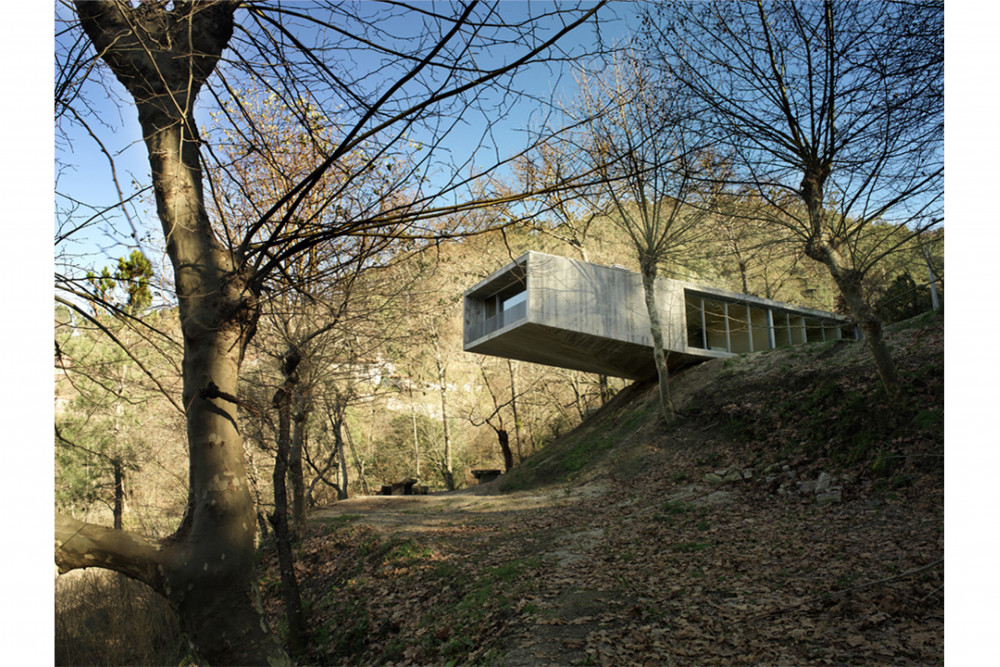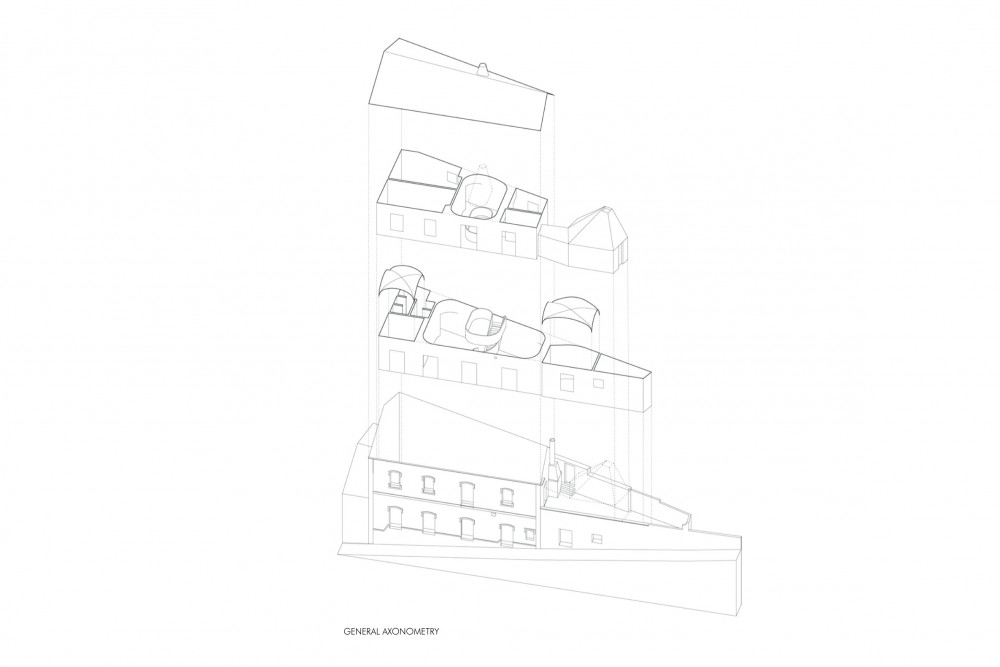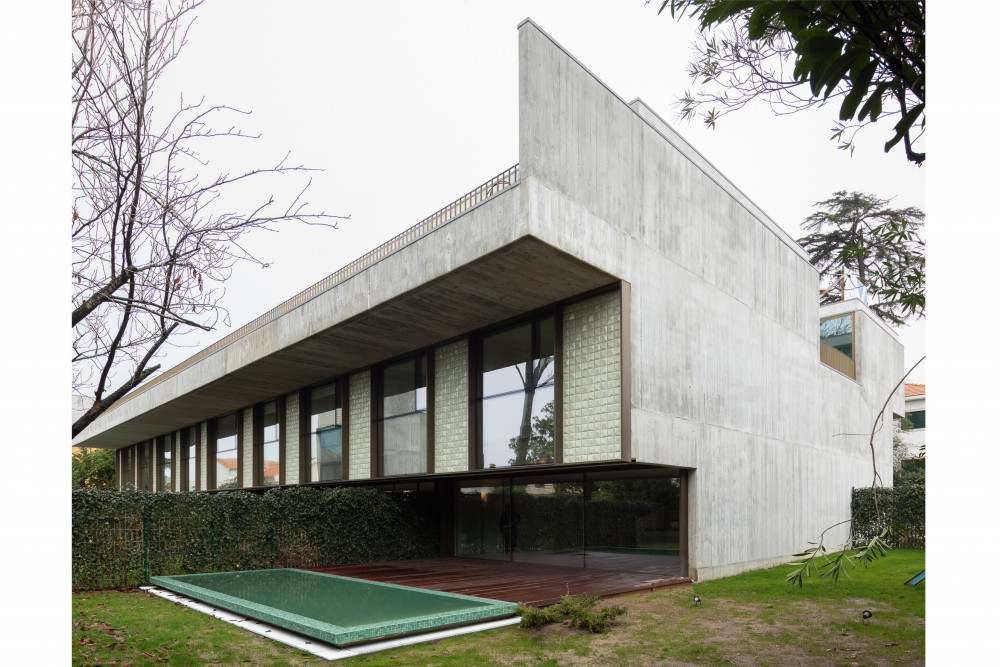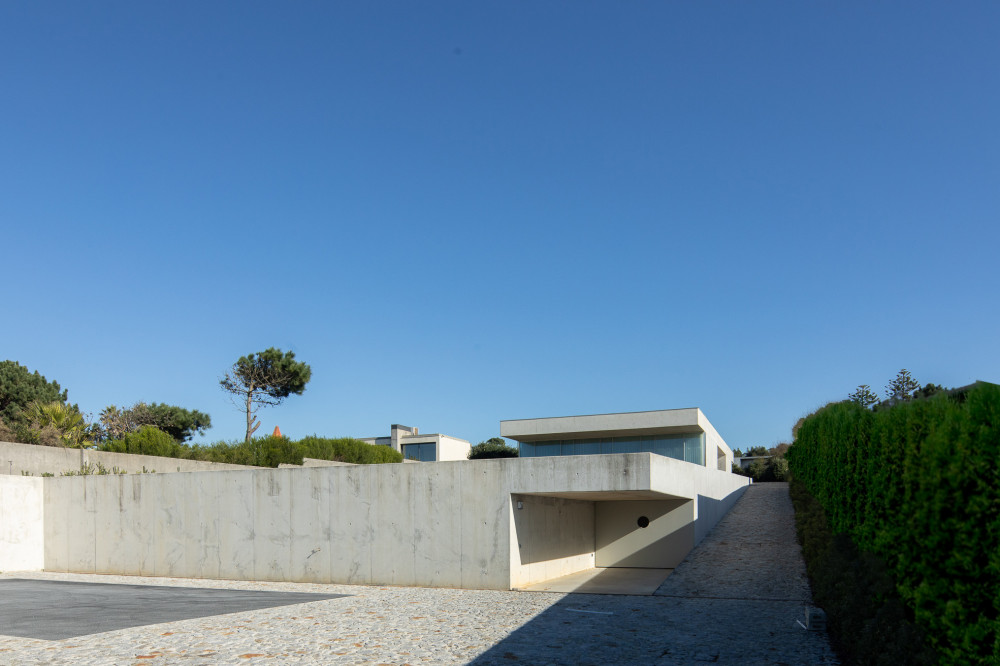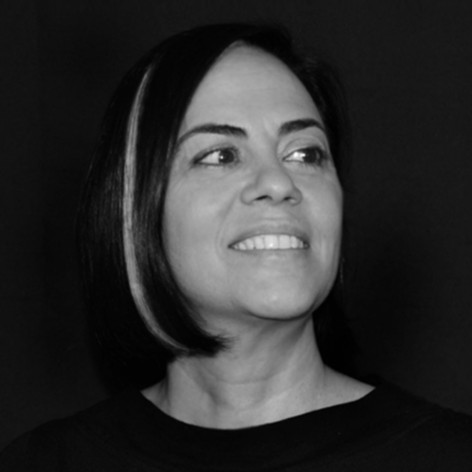
Graça Correia Ragazzi PT
http://www.correiaragazzi.com
Rua Eugénio de castro 301 (r/c galeria comercial) | 4100-225 Porto
Graça Correia Ragazzi
Biography
Regarding the national and international recognition of my architectural oeuvre, I begin by highlighting the “Casa do Gerês”, one for my first solo works, that in 2007 was recognized by several international awards (whose designation can be found in the submitted curriculum) and that until today has been shared and exhibited in countless national and international publications and exhibitions. This house illustrates a critical approach to the legislation that authorizes the reconstruction and extension on the Portuguese architectural and landscape heritage, in this case on an Ecological Reserve, proposing a (re)evaluation of the theme Re-Use, of the ancestral properties of the Portuguese Popular Architecture. Seeking to place the architectural problem in the dialog between two times and two build realities, with the backup of a clear criteria for the relationship with place, scale, materiality, constructive systems, and architectural language coherence, chasing an idea of contemporality and being, simultaneously, intemporal.
Within this theme and given the coverage that the media gave to the project, RTP 2 (a national culture channel), the house integrated a set of programs with the title “The House and the City” that amplified the enormous reaction from the general public to this work.
Following this work, this theme, the Re-Use, a theme of great pertinency in the current outlook of architectural practice, has become a recurring order (both in urban and rural context) and our practice has confirmed and consolidated the before mentioned recognition, with the rehabilitation and extension works in Melgaço and in Algarve (the most north and south of the country) that have obtained in 2017 two out of ten prizes in Urban Rehabilitation in Portugal by reflecting the capability of critically reinterpreting the regional values of the popular architecture.
More so, the “Reabilitação da Fábrica Robinson” (Rehabilitation of the Robinsons Factory), realized in co-authorship with Eduardo Souto Moura, that synthetizes in a single operation the resolution of an architectural problem in an urban scale, but that encloses every possible scale of intervention in architecture. Beginning by integrating an area of 65 hectares in the city of Portalegre, going through the rehabilitation of the historical buildings of one of the oldest factories in Portugal, and conjugating these with the conception and construction of new building like the “Auditório Audiovisual da Fundação Robinson” (Robinson Foundation Audiovisual Auditory) and the Portalegre’s Superior School for
Tourism. The whole operation was widely recognized, namely with the rehabilitation prize PYMECON, in 2013, and as a Finalist for the EUROPA NOSTRA 2012 Awards, from the European Union Prize for Cultural Heritage, and the FAD Awards. The Audiovisual Auditory of the Foundation was also a finalist for the 2nd edition of the BigMat International Architecture Award.
I would like to share some of my academic and teaching career, by highlighting the experience as a Project Teacher for almost 25 years. I started in a private University, and later was invited to integrate the Direction with FAUP’s Emeritus Professor Pedro Ramalho, where I currently collaborate as a teacher in the PhD Course.
Over the last 12 years, I have integrated the teaching ranks of the Faculdade de Arquitectura da Universidade do Porto (FAUP), as an Invited Teacher, originally to integrate the teaching practice in the field of Constructions, and later appointed to teach Project, where I have been for 11 years. During these teaching years I have guided countless Master’s Degree thesis and PhD thesis, having yet integrated several juris in Portugal and Spain.
In 2006 I choose to join the PhD program in Catalunha’s Polytechnical University, because this course “THE MODERN FORM”, directed by Hélio Pinón, was about Project. The thesis, centered on the work of Ruy de Athouguia, that in the 50’s had already developed a noteworthy and coherent architectural oeuvre, namely the Fundação e o Museu Calouste Gulbenkian (Calouste Gulbenkian Foundation and Museum) in Lisbon, but that had never been studied in Portugal, represented a shift in my critical thinking about the work of overlooked authors.
The ever more frequent re-discovery of these architects makes clear a tendency to recuperate values and architectural conception criteria, confirming, or not, its validity. In fact, when I chose this approach I did not know other works that pointed in the same direction, but we can today visit once more the work of Mario Asnago [1896–1981] and Claudio Vender [1904–1986] through the investigation of Adam Caruso (in Asnago Vender and the Construction of Modern Milan – a Forgotten Generation of European Architects), or of Angelo Mangiarotti, by Franz Graf (in Angelo Mangiarotti: Thetectonics of Assembly) or even Luigi Caccia Dominioni work ‘translated’ by Elli Mosayeby (in Luigi Caccia Dominioni und die Erneuerung der bürgerlichen Wohnkultur in Mailand um 1950).
In continuity with this line of investigation, I would highlight a few master thesis I recently oriented, namely
the work on Bento Lousan by Manuel Ascensão, Tito Figueiredo by Isaura Mendes, and Melo and Gigante by Ana Rute Malato, students that chase the idea of creating a wide collection that will allow for late compensations, but, above everything, they created a contribute to the history of Portuguese architecture by documenting and studying the works of overlooked figures, that have made great architecture, and with whom we still can be inspired.
One of the achievements I was able to attain is the place to ‘play a role’ in the spread of architectural knowledge into the Portuguese society, in general through the publication of books and articles, and through the realization of documentaries about Architecture, a format that can reach a wider audience.
I would begin by distinguishing the monographic books on Ruy d’Athouguia, a result from the interest my PhD thesis generated; the first monograph published about the oeuvre of Ruy d’Athouguia was in 2007, sold out after a few months; for that reason, in 2018, the Foundation Marques da Silva invited me to make a new publication, in a larger format and with superior printing quality.
Meanwhile, I had the opportunity to publish two more books; one, by invitation of the “Público” Newspaper, to integrate the collection Arquitectos Portugueses Série 2 and the other, by invitation Eduardo Souto Moura, to write a book under the scope of the collection ONE that he himself coordinated, with the aim to reflect on a single work, to which I choose the house Casa Sande e Castro.
With RTP2, a public Portuguese television channel, more focused on a cultural program, at the occasion of the 100th anniversary of Ruy d’Athouguia (now nationally acknowledged) I had the opportunity produce, with a designated team, a documentary on his life and work. The feedback was extraordinary, RTP2 considered that I revealed a singular capacity of communication and transmission of knowledge, which I believe to be connect with my long experience in teaching. They challenged me to produce further documentaries resulting from the investigation that I had developed, focused especially on public works of great impact for society, that are, however, to some extent, unknown to society. Therefore, to the first documentary “Ruy de Athouguia, um Moderno por descobrir” of 2017, followed “O Lodo as Estrelas e os Sábios” in 2019 that make known the project and construction of the first three dams in Douro River, Portugal and the extraordinary effort made, including the design and construction of small towns and support the equipment in the 50’s.
The third documentary already finished, and awaiting a premiere in 2021, is about the project and the
construction process of Tua River Dam, of Eduardo Souto Moura. There’s also, ongoing the production of a documentary on the rehabilitation of one of the most emblematic buildings of Oporto city, the Mercado do Bolhão (Bolhão’s Market) with a predicted premiere for 2022. These works show the general public architecture, and specifically with the first two documentaries to help preserve some works, that have been forgotten in time.
